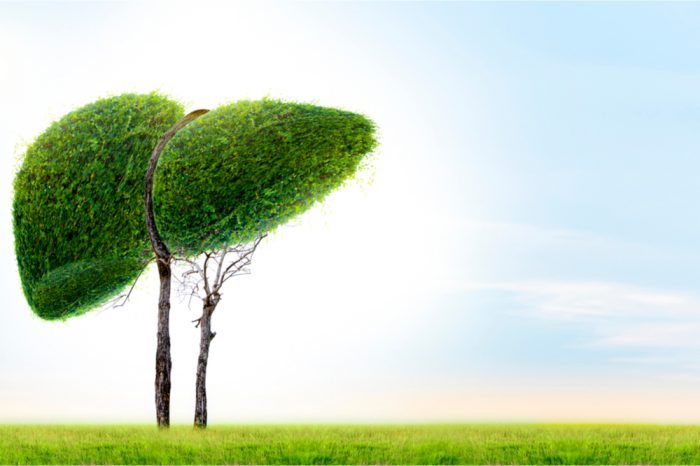If too much THC gets dumped into receptors, it can start a cascade event that amps up the pain cycle.
Cannabis for relief from the pain cycle is one of the most established areas of cannabis research. And pain is often the most cited reason for cannabis use among registered patients. In your quest for relief, you may have also stumbled into the dozens of online communities where people have shared their success stories and preferred strains for chronic pain. There is no doubt that the plant is a popular alternative to conventional prescription medications.
But what if we were to tell you cannabis, in some situations, can increase pain instead of reducing it? In certain doses, too much cannabis can exacerbate the issue – whether that’s anxiety or pain. Patients taking cannabis to soothe the pain associated with their chronic illness, injury, or disease end up with an unpleasant surprise. How can a plant with so much history and research behind its pain relieving qualities make the situation worse?
It has to do with the biphasic nature of cannabis, and how the body communicates pain at a molecular level. First, let’s understand pain and its relation to the endocannabinoid system.

What is the Pain Cycle?
The endocannabinoid system is a body-wide network of receptors and chemical communicators. It is responsible for the essential operation and balance of numerous internal systems, including pain management. When real or potential damage occurs, our endocannabinoid system kicks into gear to manage the fallout. In most cases, the area around the damage becomes hypersensitive to warn us to avoid touching it any further. It’s a protective system, which prevents further injury.
C-fibres send information directly from the site of injury to our endocannabinoid system. The signal travels through the c-fibers, links up with a secondary neuron, and eventually enters into the spinal cord and the brain. At a certain point along this journey, the signal encounters an inhibitory interneuron, which can turn the signal up, or down, based on how the endocannabinoid system decides to react.
Immediately following an injury, it may turn up the volume to warn the brain of the damage. As the wound heals, it may turn down the signal as the site recovers. It’s a dynamic and continually evolving communication to monitor pain.
Chronic pain is a cycle. Pain signals more (multifaceted) pain. It may keep you up at night, which makes you exhausted at work. You become stressed because you aren’t productive, which leads to a poor sleep the next night. Lack of sleep contributes to the pain, and the cycle goes on and on. Even small tissue damage can unravel into long term experiences when the inhibitory interneuron continues to misfire sensations of pain after the injury has long since healed.

Where Cannabis Comes into Play
The role of cannabis for pain relief is complicated, to say the least. Cannabis is not a single compound, but a complex mixture of cannabinoids, terpenes, and flavonoids. Each is structurally similar but play different therapeutic roles.
These differences are best demonstrated with THC and CBD. They both target inflammation and pain, but through very different mechanisms. The former is intoxicating, while CBD is not. With enough research, we may discover that every single cannabinoid has a role to play in pain relief, but it’s unlikely they will do so through the same pathways and with the same therapeutic targets.
According to the Prof of Pot, cannabinoids likely target pain through three primary mechanisms: the peripheral nerves, the spinal cord, and the brain. All of these areas live along the communication channels between pain and the brain. So, cannabis’s many different cannabinoids can reduce pro-inflammatory molecules, block pain at receptors along the spinal cord, and modulate pain as a felt emotion through CB1 receptors in the brain.

What Happens When Cannabis Triggers More Pain?
Cannabis efficacy for pain relief is dose-dependent. As per several studies, low doses are not strong enough to activate an adequate response, and high doses exasperate pain. In the middle is the happy medium – complete pain relief without an overflow of adverse effects. This is called the U-shape dose curve. High doses of THC-rich strains are more trouble than they’re worth. There is a reason why we say start low and go slow.
But why? People theorize that in a high dose, cannabinoids flood the system, which contains high concentrations of CB1 receptors that interact with these cannabinoids. As a result, the cannabinoids stop inhibitory interneurons from doing their job. Remember, inhibitory interneurons are the transit point between the point of pain and the brain. They either up-regulate the pain experience or down-regulate it. This flood can leave the system to unravel, and spiral into a cycle of chronic pain.
Pay attention to the U-shaped curve of dose control as you experiment with cannabis for pain relief. Listen to the advice of your health care provider when you start using cannabis therapeutically. Always start at the low end of dose size, and gently work your way up. This helps you find that sweet spot faster, and avoid any uncomfortable surprises.






Tombstone Karl
Thank you for sharing this information, It is worth reading and really inspired me to learn more.